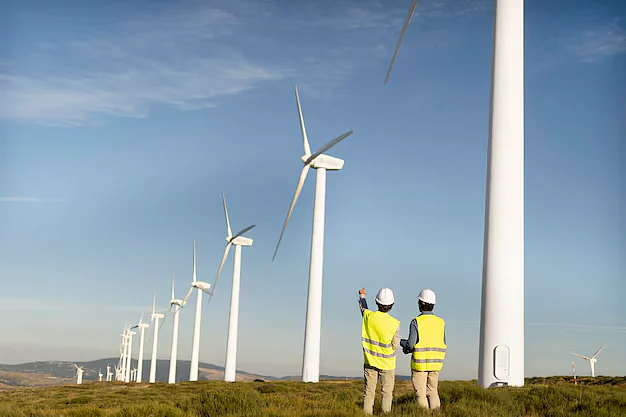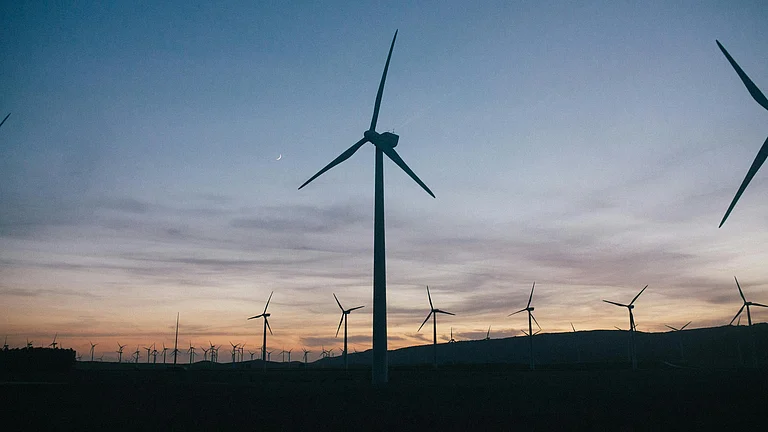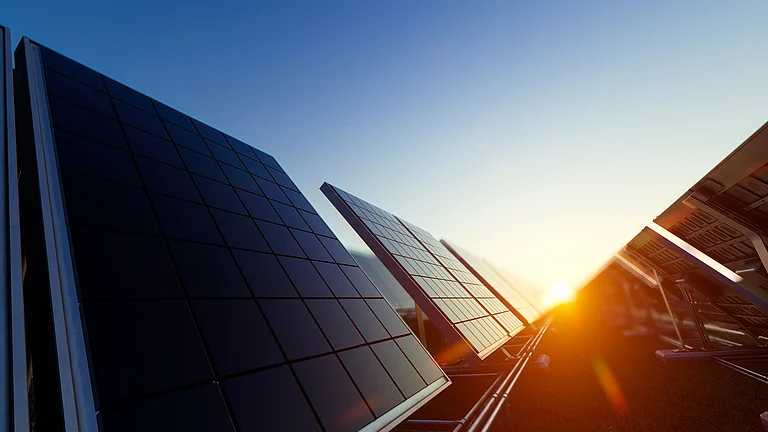As the world recalibrates climate commitments amid shifting geopolitical tides, Budget 2025-26 emerges as a defining moment for India’s commitment to its climate goals. From the United States’ withdrawal from the Paris Agreement to the imperative of updating Nationally Determined Contributions (NDCs) and the operationalisation of the European Union’s Carbon Border Adjustment Mechanism (CBAM) in January 2026—global developments will have a substantial impact on India’s green growth trajectory.
The Union Budget 2025-26 presents an opportunity to accelerate India’s energy transition through strategic policy support for private sector engagement and domestic manufacturing, laying the foundation for a more resilient future.
The Green Ambit
India is aiming to emerge as a leader in renewable energy deployment, with the country’s renewable energy capacity surpassing the 200GW mark last year. As of December 2024, the capacity stands at 209.44 GW, marking a rise of 15.84% from December 2023. Further, as per the 4th Biennial Update Report (BUR) submitted to the United Nations Framework Convention on Climate Change (UNFCCC), India reported a reduction of 36% in its emission intensity of Gross Domestic Product (GDP) between 2005 and 2020. Government support, in the form of forward-looking policies, incentives and cross-sectoral collaborations, has been central to driving this progress. This budget cements government support in terms of manufacturing and collaboration to drive sustainable development.
India’s Energy Transition
With accelerated growth, inclusive development and private sector engagements taking centrestage, the commitments unveiled in this year’s Budget will have a significant impact on the country’s renewable energy ambitions, energy security and economic resilience. Amidst the nation’s rising energy demand, the emphasis on incentivisation of electricity distribution reforms and intra-state transmission capacity comes as a respite to the financial health and capacity of electricity companies.
Further, the announcement of the National Manufacturing Mission is a critical development amidst geopolitical headwinds—opening new avenues for strengthening India’s domestic manufacturing and positioning the nation as a global export hub for green technologies such as solar PV [photovoltaic] cells, EV [electric vehicle] batteries and grid scale batteries. The exemption of cobalt waste and powder, lead, zinc and 12 more critical minerals as well as certain additional capital goods for EV and mobile battery manufacturing will give an impetus to jobs, particularly in clean tech production.
Aligning with the focus on employment generation is the provision of National Centres of Excellence, considering the need for upskilling the youth in these emerging technologies and fostering innovation.
The emphasis on catalysing private sector driven research, development and innovation will be central to fostering scalable clean-technology solutions.
A Boon for Partnerships and MSMEs
The global energy landscape is evolving rapidly, underscoring the need for collaboration and strategic partnerships. This budget’s focus on strengthening domestic capacities will be pivotal for India to achieve a truly resilient energy transition. It will position India as a global manufacturing hub for clean technologies along with accelerating renewable energy deployment. Investments in reliable renewable energy will lead to job creation, increase in productivity and empower communities.
Collaboration across public, private and philanthropic sectors will be key to achieving these targets. For instance, as featured in the year’s Economic Survey, GEAPP’s strategic partnership initiatives are improving livelihoods through access to reliable and clean energy. GEAPP’s solarisation program for women enterprises, in collaboration with the rural livelihood mission of Uttar Pradesh, aims to assist one lakh women enterprises by 2027 and five lakh by 2030.
Such endeavours can boost the rural medium, small and micro enterprises (MSME) sector, which is the backbone of the Indian rural economy. All these initiatives can achieve their full potential with government support, as underlined in the Budget. Providing assistance to MSMEs and entrepreneurs will boost production and export capabilities.
Budget 2025-26 is more than an economic roadmap; it is a strategic shield against geopolitical uncertainties and energy security risks. It is India’s blueprint for sustainable growth—one that prioritises long-term resilience, economic opportunity and a people-positive energy transition.
The writer is vice-president, India, Global Energy Alliance for People and Planet (GEAPP). Views are personal.


























